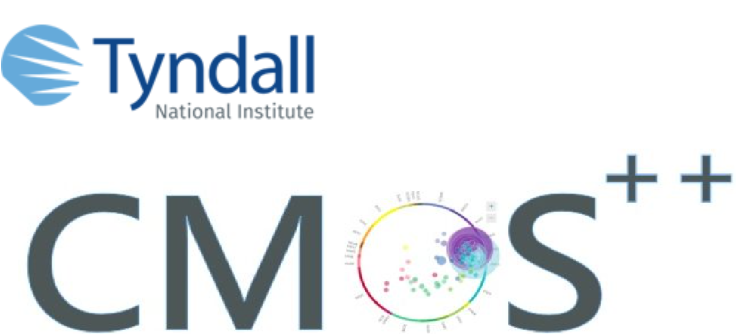Our areas of research include the development of computational approaches to characterise, predict and design thermal, electronic and thermoelectric transport properties of materials, as well as their dynamical response to intense light excitations. We use first principles methods to model structural, electronic and vibrational properties of materials, which do not rely on any empirical parameters. We combine these with statistical physics methods to predict transport properties, linking across different length and time scales. We are currently working on transport properties of thermoelectric, topological and low dimensional materials (e.g. IV-VI and V2-VI3 compounds and transitional metal dichalcogenides), as well as ferroelectric materials and domain walls (e.g. IV-VI materials). The area of particular interest is exploiting the synergy of different properties in certain classes of materials (e.g. thermoelectricity, ferroelectricity, topology and low dimensionality in IV-VI materials) to create multifunctional materials with novel or dramatically improved properties. The technologically relevant applications of our research are thermoelectric energy generation and new computing technologies, including neuromorphic and quantum computing.

Recent highlight
Prediction of high thermoelectric performance of ferroelectric domain walls in GeTe.[1]
A major bottleneck in the field of thermoelectricity is the development of materials with large thermoelectric power factor. It is very challenging to significantly increase thermoelectric power factor because it is determined by two conflicting transport properties: Seebeck coefficient and electrical conductivity. Here we predict, using first-principle calculations, that the extraordinary properties of charged ferroelectric domain walls in germanium telluride (GeTe) enable a five-fold increase of the power factor compared to bulk GeTe at 300 K. We thus predict a new class of thermoelectric materials whose power factor has never been studied before. We also identify the key reasons for the predicted thermoelectric power factor enhancement of GeTe domain walls: the confinement of free charge carriers at the domain walls and the presence of Van Hove singularities in their band structure near the Fermi level.


Reference
- Đorđe Dangić, Stephen Fahy, and Ivana Savić, “Giant thermoelectric power factor in charged ferroelectric domain walls of GeTe with Van Hove singularities”, npj Comput Mater 6, 195 (2020); DOI: https://doi.org/10.1038/s41524-020-00468-3

